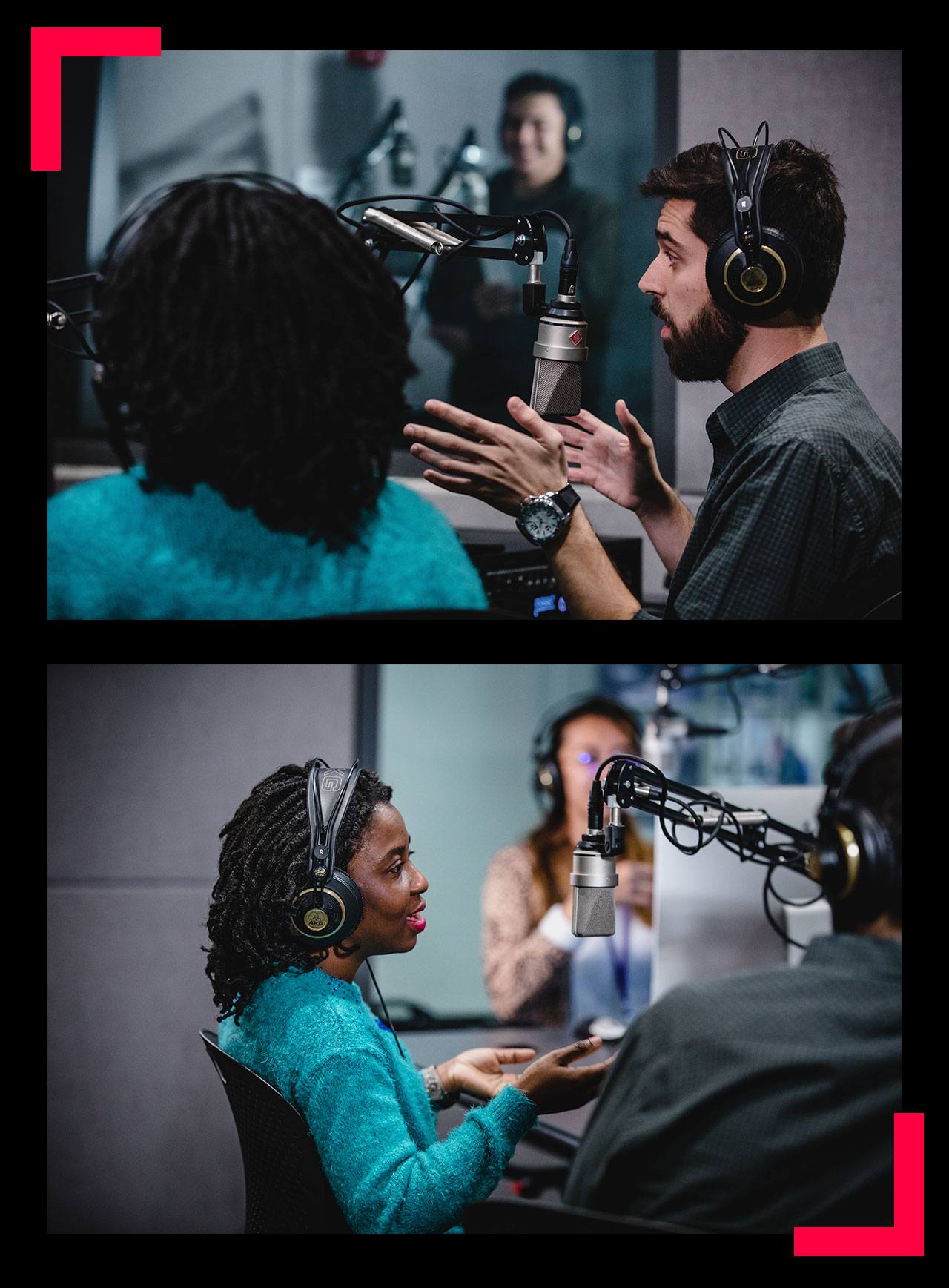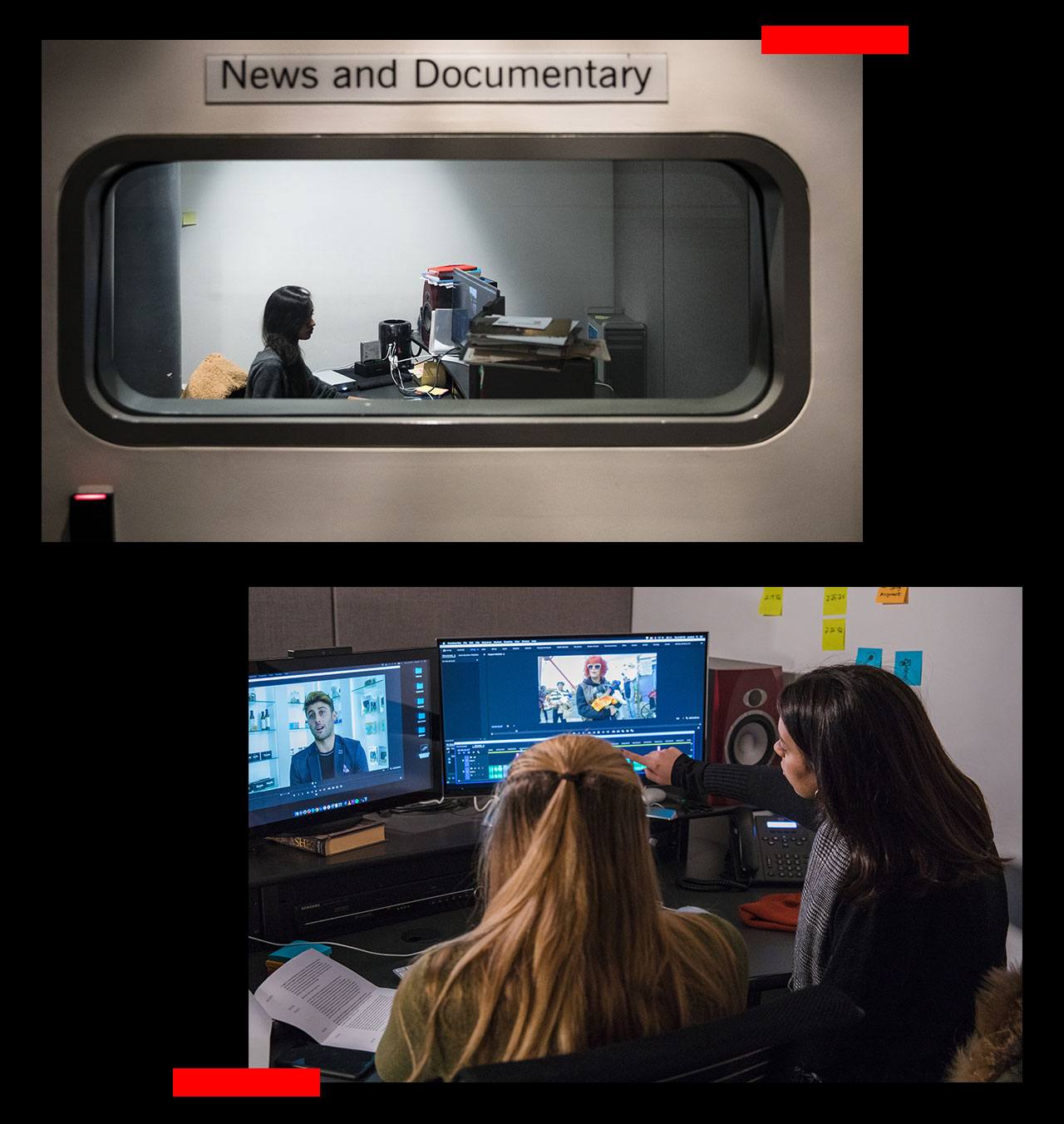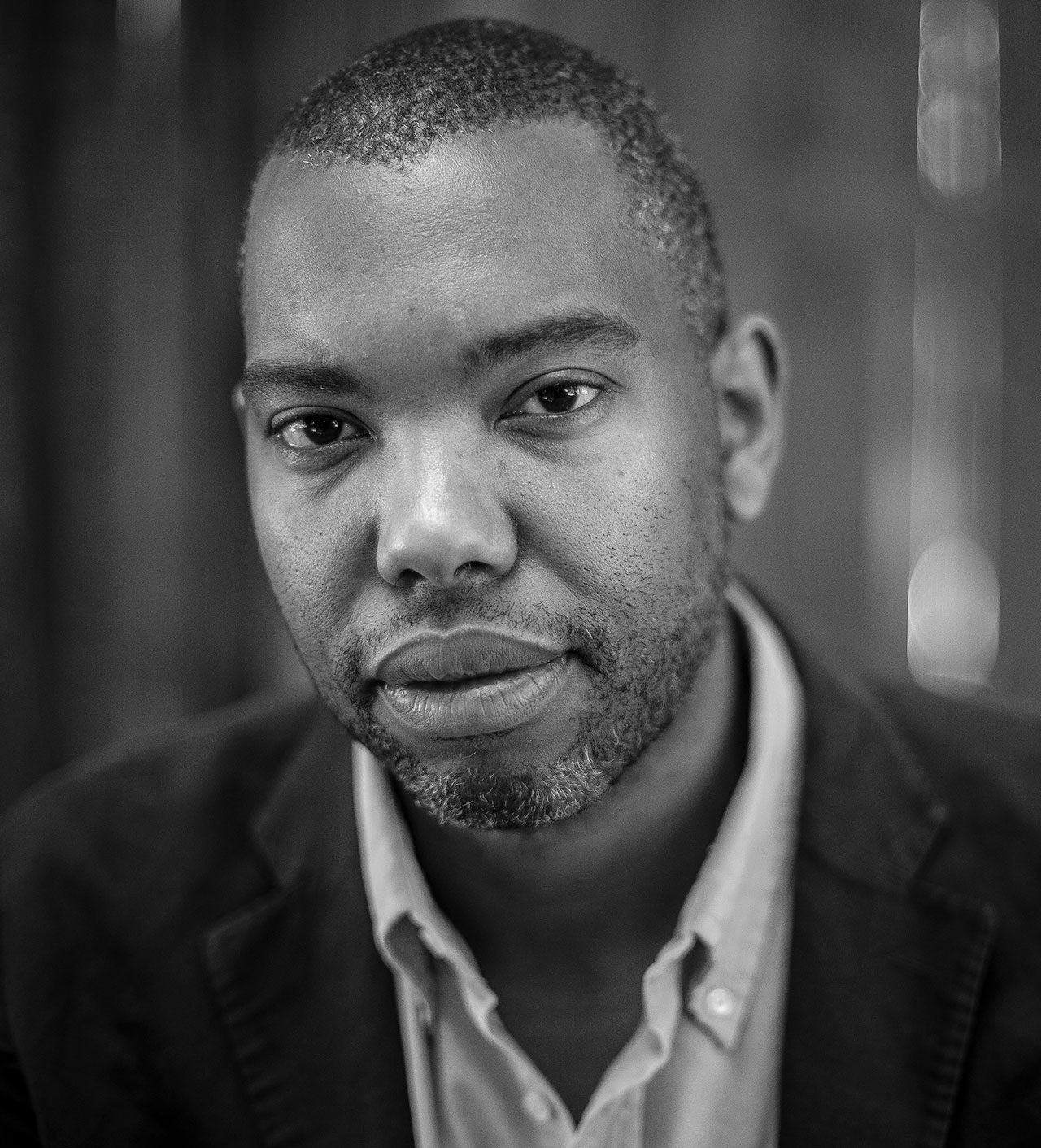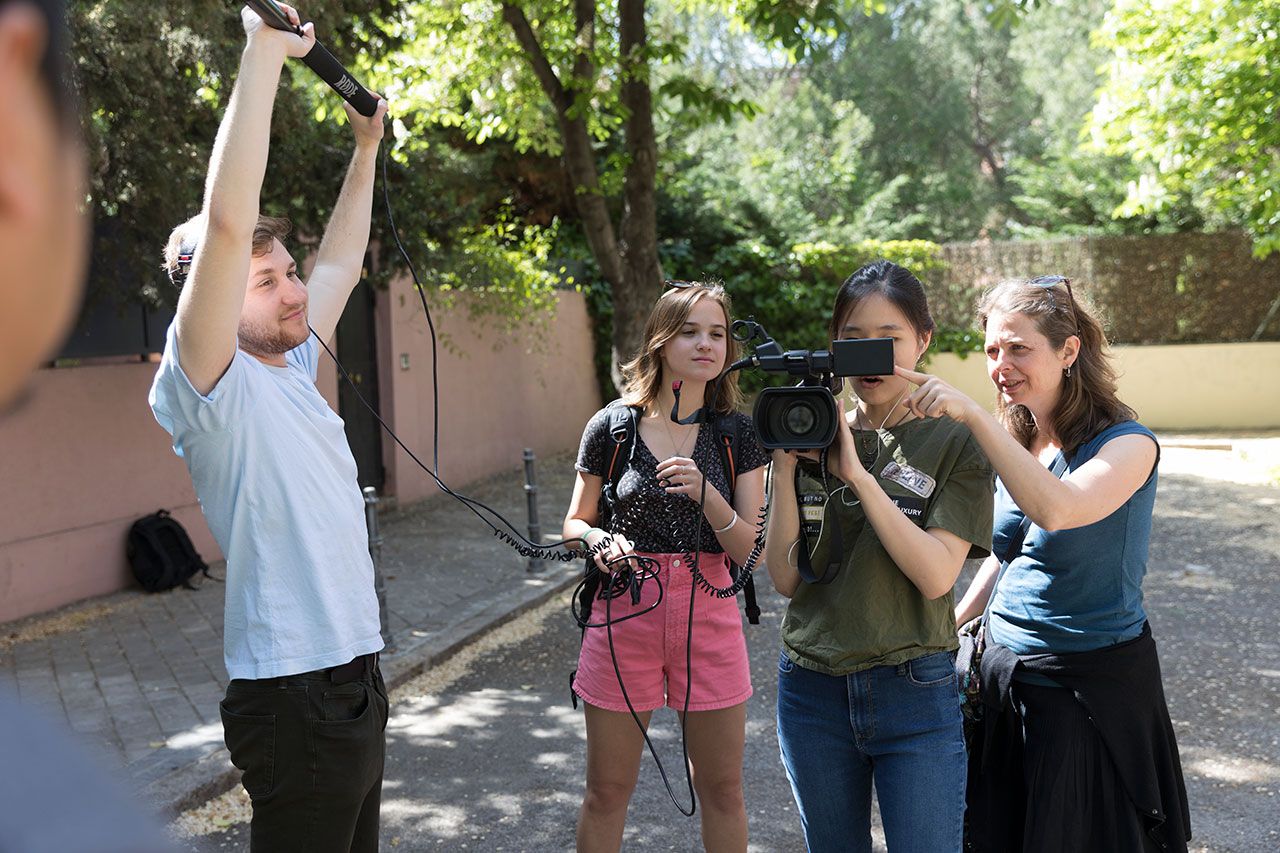
They say to write what you know, and students at NYU’s Arthur L. Carter Journalism Institute take this advice to heart from day one. All NYU journalism students are required to double-major, and they have more than 60 disciplines within the College of Arts and Science (CAS) to choose from to complement and ground their journalism studies. What’s more their classes are taught by renowned writers and reporters. Among them are Pulitzer Prize-winning author Dan Fagin and Emmy Award-winning journalist Jane Stone, to name just a few. All in all, students graduate with top-notch writing skills—not to mention a proven ability to hit a deadline. Add to this their deep subject matter expertise from a second major, and Carter graduates enter the workforce with a singular combination of skills that sets them up for career success.
A Journalism Major in Her Element
Ginger Ooi, a CAS rising senior, always wanted to be a journalist. In high school she wrote for the school paper and attended a summer broadcasting class. But then real life, with its necessities and expectations, arrived. When she enrolled at NYU, she decided to take a more practical route, pursuing a major in Chemistry. Then, one day, her adviser approached her. “He told me, ‘Not many people who know science can write, and not many people who can write know science,’” Ginger recalls. “That really stuck with me, and it’s why I decided to double-major.”
Today, Ginger is double-majoring in Chemistry and Journalism. She is also minoring in Creative Writing, and hopes to pursue a career in scientific writing and reporting. “If I could turn back time and tell my 15-year-old self in Malaysia that I would end up in New York City one day, studying both science and the humanities, I wouldn’t have believed it,” she says. “I’m really thankful for NYU and the Carter Institute for helping me get where I am right now.”
Majors That Strike a Chord
Chandra Xu started playing piano at age three. “Piano taught me to explore my feelings, overcome my fears and failures, and dedicate myself to practicing,” she says. Fifteen years later, she attended NYU Abu Dhabi for Candidate Weekend. There, she mingled with more than 350 individuals from over 80 countries. And despite speaking different languages, they connected. “We sat around in the desert, sharing stories about our countries and ourselves. That experience made me want to study journalism,” she explains. “I knew then that I wanted to expand my knowledge and continue to explore in a global community.”
Chandra ended up at the Steinhardt School of Culture, Education, and Human Development instead of at NYU Abu Dhabi, and is now a double major in Piano Studies and Journalism. She is working to discover the world through music and writing. She’s already found ways to combine her two majors in her coursework, profiling a musician with synesthesia in her Journalistic Inquiry: The Written Word class. She affirms, “I think journalism and music complement one another. Both tell stories, journalism through writing and multimedia, and music through sound.”

Wired for Career Success
While reading NYU professor Mitchell Stephens’ The Voice of America, Melvis Acosta had an epiphany. Now a CAS alum, Melvis was a Computer Science major at the time. But fact-checking and researching the biography of legendary broadcast journalist Lowell Thomas inspired him to pursue a career in journalism, too. With his knowledge of programming and technology, Melvis quickly found his journalism niche. He declared the broadcast track so he could focus on video news stories and documentary filmmaking.
“Having programming knowledge allows me to understand how certain technologies are built, which helps a lot when producing news stories about cutting-edge topics,” he explains. “I’m currently fact-checking and conducting research for a professor’s technology book proposal. And I recently published a piece about AI-assisted face-swap videos. In the piece, I used the skills I picked up in my broadcast journalism classes to film and conduct the interviews. But I also used my computer skills to try out the artificial intelligence-assisted face-swap technology, which allowed me to demonstrate firsthand what can be done with the tools covered in the piece.”
Building Journalistic and Structural Integrity
NYU Journalism student Emily Conklin chose to double-major in Urban Design and Architecture Studies (UDAS) early on. “I chose journalism because I’ve always loved the written word and sharing stories. And I chose UDAS because it explores architecture as an art form. As a writer and journalist, I’m always observing the world around me and looking to bring problems to light. As a student of architectural history, I’m always observing the world for similar things—but they’re a bit more concrete, like the detailing of an old brownstone,” she explains.
Since declaring her two majors, Emily has held multiple internships, merging her skills as a writer and researcher with her knowledge of architecture and design. She interned at three New York City-based firms (Patino Architecture, Deborah Berke Partners, and Perkins and Will). She has also written for three design magazines (Surface, the Architect’s Newspaper, and Artforum). Additionally, she edits her own series of zines, featuring the works of emerging artists, writers, and designers. “My double major allows me to think as a writer and media consumer as well as a designer and visual curator,” she concludes. “The verbal and visual communication skills that I’ve learned and combined have been invaluable.”



